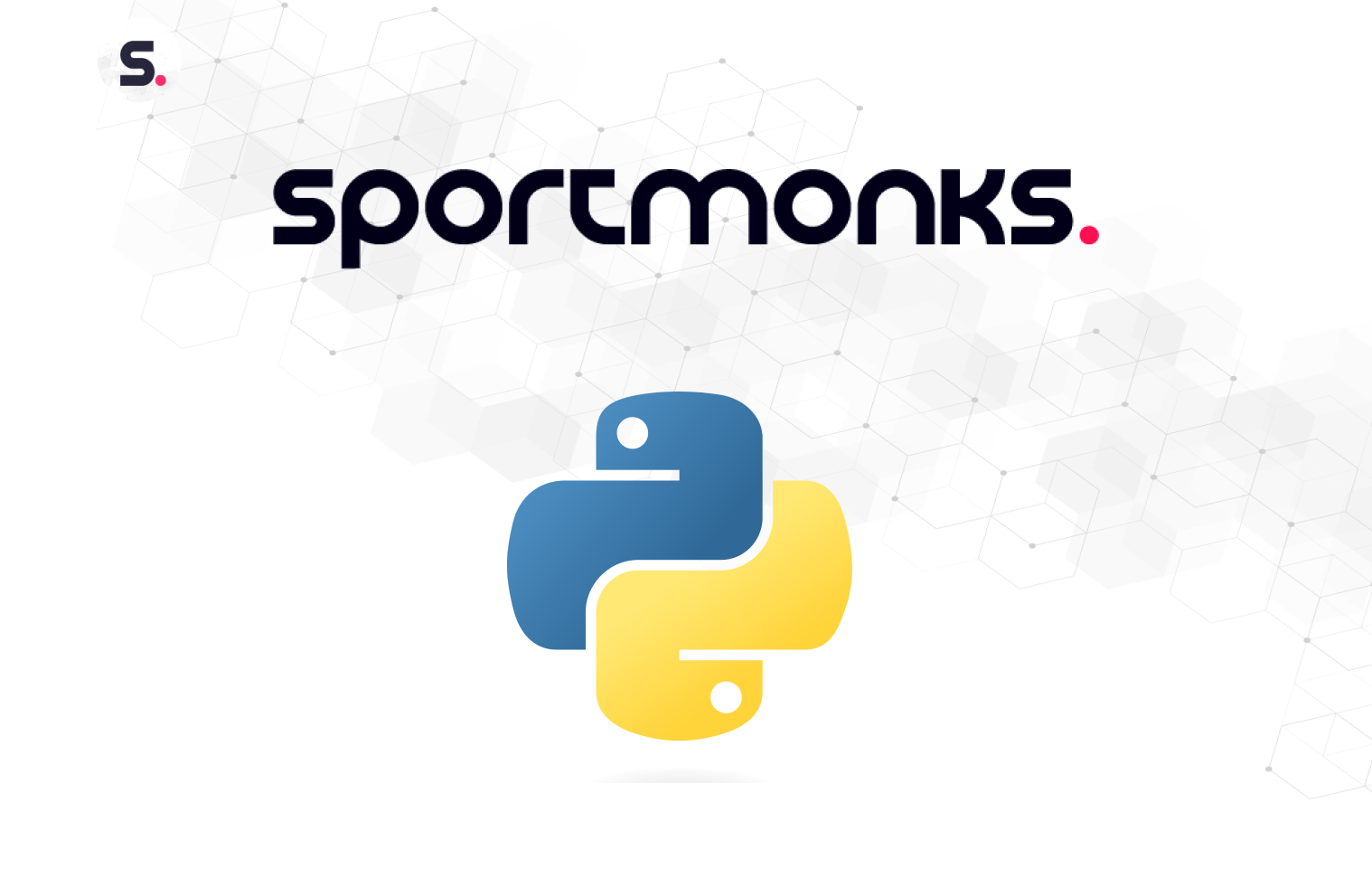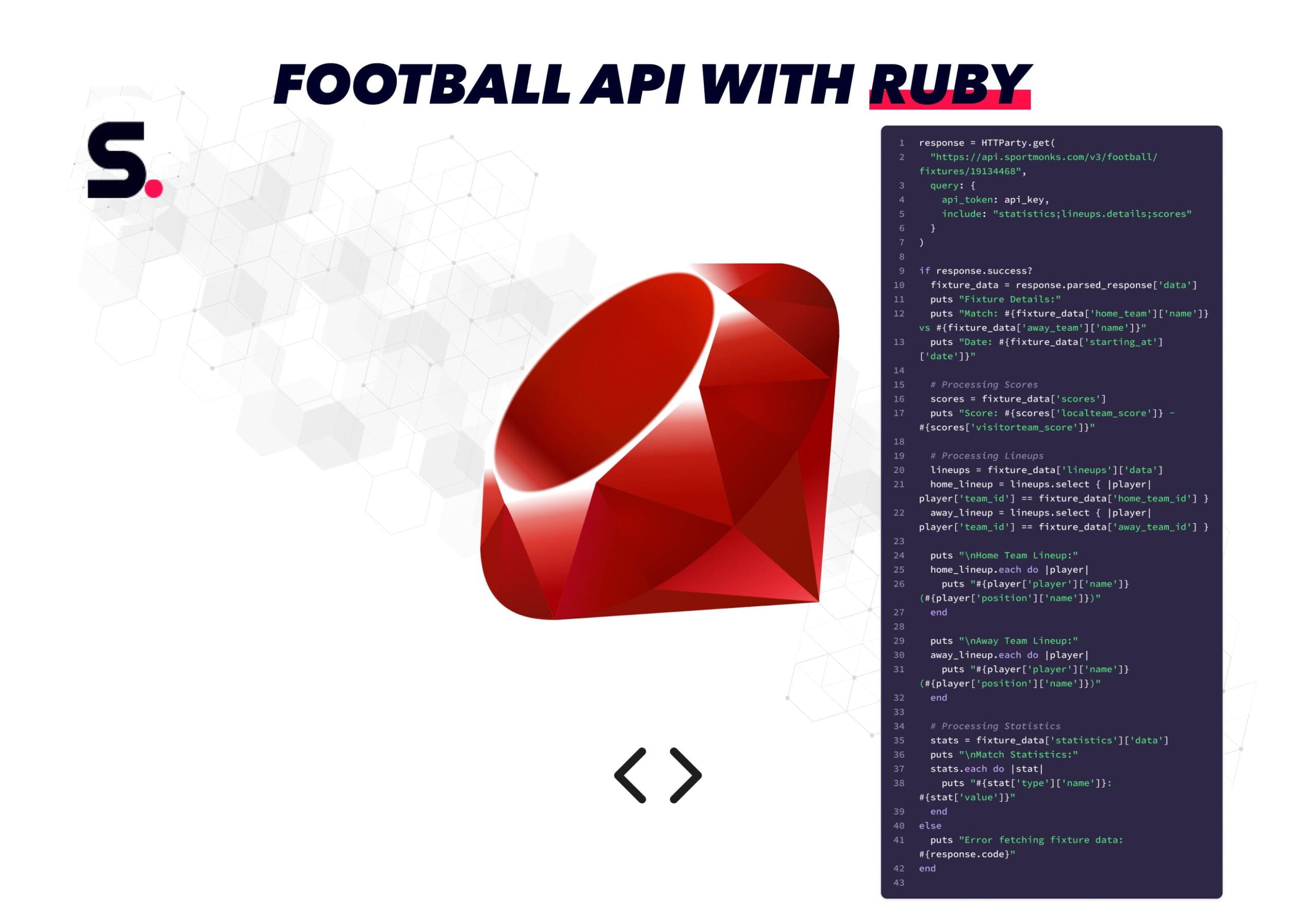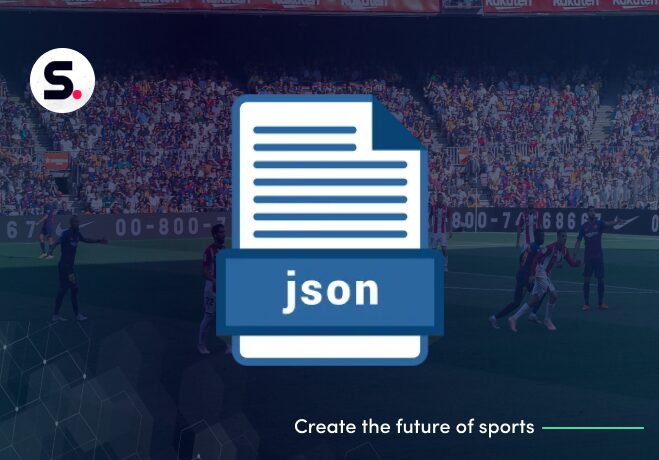
Contents
Defining transfer rumours
Transfer rumours are unofficial reports or ongoing talks about players possibly moving between clubs. Unlike confirmed deals, these are not final, but now Sportmonks lets you track them with the same accuracy as any other data they provide.
With this new feature, you’ll get information like:
– Which players and clubs are rumored to be involved.
– The probability of the transfer (LOW, MEDIUM, HIGH)
– The amount of the transfer
– The source of the transfer rumor (Both the author company and a link to the source post.
– The currency of the transfer.
– Date of the rumor to keep you up to date about its recency.
Why this is important
This new feature is good for many reasons:
– Fan engagement: Now, fans can follow potential player moves as they happen, not just when a deal is final.
– Fantasy & betting: Get early warnings about possible player transfers, which can be crucial for fantasy teams or betting decisions.
– Scouting & recruitment: Clubs and scouts can use these rumor feeds to spot early interest in players and track trends.
– Media: News outlets can link their stories, maps, or widgets directly to real, API-driven transfer rumors.
Endpoint overview: Transfer rumours
Sportmonks now offers five specialised endpoints for accessing transfer rumours, each tailored to a different integration need, from broad streams to individual rumour retrieval by entity or timeframe:
A. GET all transfer rumours
What it does: Retrieves all current transfer rumours available to your subscription, covering loans, permanents, denials, updates.
Endpoint:
GET https://api.sportmonks.com/v3/football/transfer-rumours?api_token=YOUR_TOKEN
B. GET transfer rumours by ID
What it does: Fetches a single rumour identified by id.
Endpoint:
GET https://api.sportmonks.com/v3/football/transfer-rumours/{id}?api_token=YOUR_TOKEN
C. GET transfer rumours by date range
What it does: Retrieves rumours posted or updated within a date window, great for timeline or window-specific feeds.
Endpoint:
GET https://api.sportmonks.com/v3/football/transfer-rumours/between/{from}/{to}?api_token=YOUR_TOKEN
D. GET transfer rumours by team ID
What it does: Returns all rumours involving a specific club.
Endpoint:
GET https://api.sportmonks.com/v3/football/transfer-rumours/team/{team_id}?api_token=YOUR_TOKEN
Supports: include, select, filters, locale, and pagination.
GET transfer rumours by player ID
What it does: Yields all speculative moves centered around a specific player.
Endpoint:
GET https://api.sportmonks.com/v3/football/transfer-rumours/player/{player_id}?api_token=YOUR_TOKEN
Important things to know when using the transfer rumours API
When you’re using the transfer rumours API, it’s crucial to understand how it’s different from confirmed transfer data. This will help you build your application correctly.
Rumours aren’t confirmed transfers
– Speculative nature: Rumour data reflects media speculation, not official moves. Some may never materialise, while others might be misleading or conflicting.
– Application impact: Build UX to distinguish rumours clearly (e.g., “rumour” vs. “confirmed”), and consider disclaimers or confidence indicators.
– Best practice: Cross-reference with the Transfers API for eventual confirmation.
High-volume data feeds
– Busy transfer windows flood your app with data, increasing call volume and payload size.
– Challenges: Higher network traffic, data processing stress, and bloated database entries.
– Mitigation tips:
Use date filters (updated_at>=) or cursor-based pagination to pull only new rumours.
Break large requests into smaller time-based chunks.
Cache static data like player and team entities to reduce repeated fetches.
Rate limit constraints
– Entity-specific limits: Each “transfer-rumours” entity allows ~3,000 calls/hour .
– Risks: Heavy polling or nested includes can exceed these limits fast.
– Strategy:
Implement client-side throttling and monitor consumption metrics via My.Sportmonks.
Prioritise differential fetching (updated_at, idAfter) over full-reloads.
Single-include design
– Only one entity (player, events, etc.) can be included per request.-
– Impact: To gather multiple related objects (e.g. player + events + teams), you’ll need multiple calls per rumour, plan accordingly.
Incomplete data fields
– Optional fields like amount, currency, or probability may be null or missing if not publicly disclosed.
– Safeguard:
Implement fallback logic (e.g., show “–” or “Unknown”).
Validate objectively, don’t display misleading values based on rumours alone.
Stay ahead of the transfer buzz with Sportmonks
Bring the excitement of transfer season to your app or platform with Sportmonks’ new transfer rumours API. Track player moves before they happen using structured, real-time speculation data, complete with source links, fee estimates, and likelihood ratings. Perfect for fan apps, fantasy platforms, or media dashboards that thrive on early insights.
Use simple API calls to explore rumours by player, team, or timeframe. Start today and give your users first access to the stories shaping tomorrow’s headlines.





